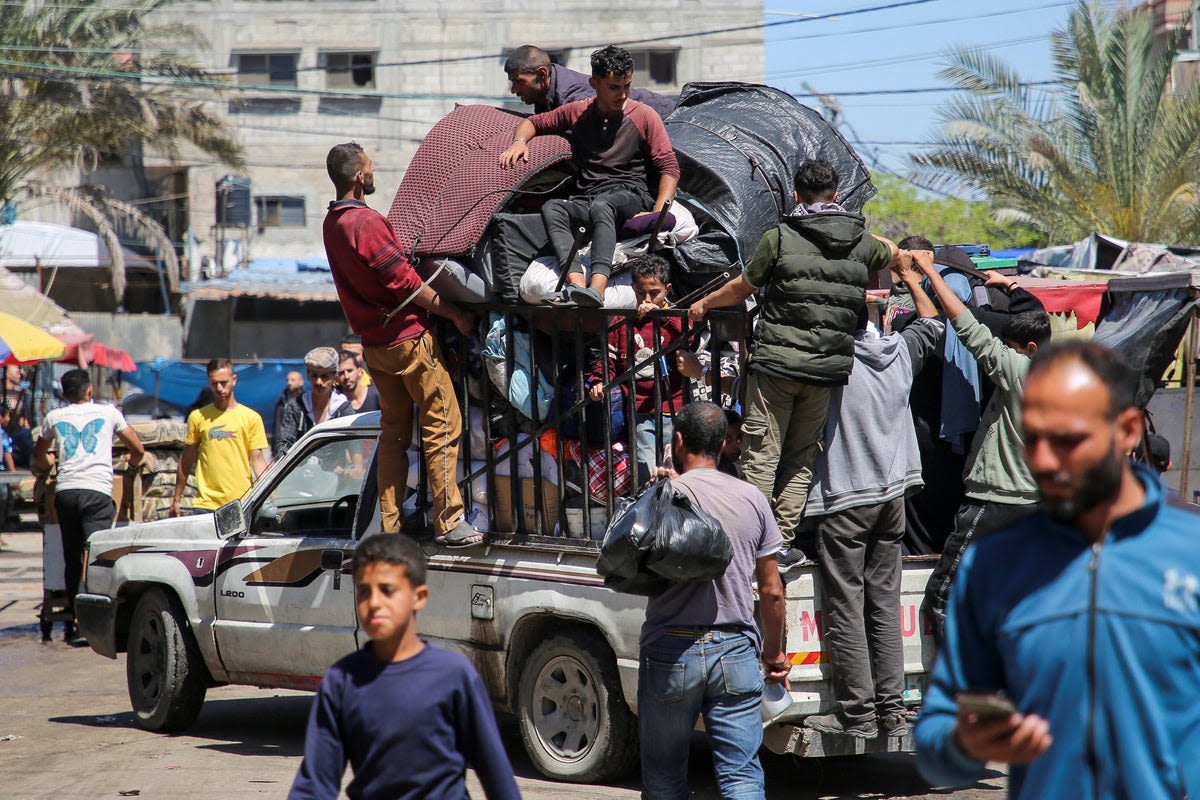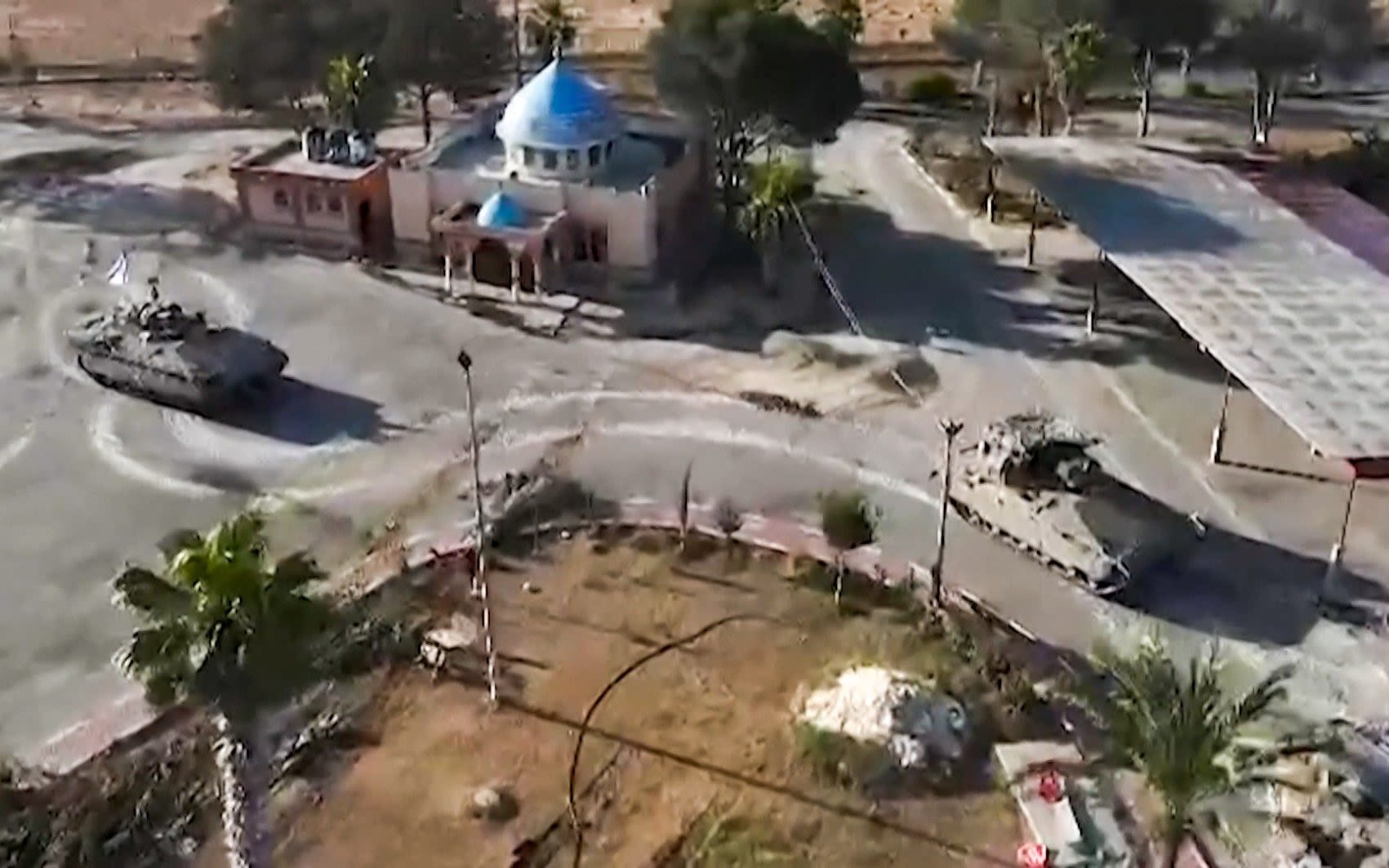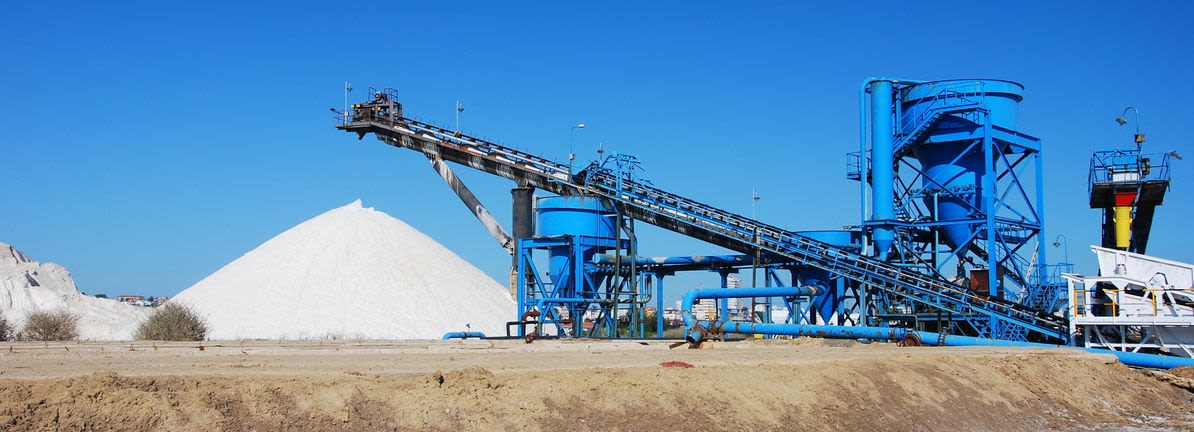Search results
News about Air France, South Africa, Boeing 787
News about Israel, Rafah, Hamas
Also in the news
- www.mayoclinic.org
- › …
- › Diseases & Conditions
Aug 13, 2022 · 2nd-degree burn. This type of burn affects both the epidermis and the second layer of skin (dermis). It may cause swelling and red, white or splotchy skin. Blisters may develop, and pain can be severe. Deep second-degree burns can cause scarring. 3rd-degree burn. This burn reaches to the fat layer beneath the skin.
Apr 25, 2023 · Signs of a first-degree burn include: redness. minor inflammation, or swelling. pain. dry, peeling skin occurs as the burn heals. Since this burn affects the top layer of skin, the signs and ...
- www.mayoclinic.org
- › …
- › Diseases & Conditions
Aug 13, 2022 · For serious burns, after appropriate first aid and wound assessment, your treatment may involve medications, wound dressings, therapy and surgery. The goals of treatment are to control pain, remove dead tissue, prevent infection, reduce scarring risk and regain function. People with severe burns may require treatment at specialized burn centers.
Aug 24, 2020 · What is a burn? A burn occurs when heat, chemicals, sunlight, electricity or radiation damages skin tissue. Most burns happen accidentally. There are different degrees of burns. Your healthcare provider determines the seriousness (degree) of a burn based on the depth of the burn and the amount of affected skin. Burns can be painful.
Jan 5, 2024 · After the burn is cooled, apply a lotion, such as one with aloe vera or cocoa butter. This helps prevent drying and provides relief. Bandage the burn. Cover the burn with a clean bandage. Wrap it loosely to avoid putting pressure on burned skin. Bandaging keeps air off the area, reduces pain and protects blistered skin.
- www.who.int
- › Newsroom
- › Fact sheets
- › Detail
Oct 13, 2023 · A burn is an injury to the skin or other organic tissue primarily caused by heat or due to radiation, radioactivity, electricity, friction or contact with chemicals. Thermal (heat) burns occur when some or all the cells in the skin or other tissues are destroyed by: hot liquids (scalds) hot solids (contact burns)






